Introduction
When it comes to managing the flow of fluid in a piping system, selecting the right type of valve is crucial. Two common options you might encounter are plug valves and gate valves. Each has its own set of characteristics, making them suitable for different types of valves and specific applications. In this article, we’ll dive into a comparison of plug valve vs gate valve to help you determine which one is best for your system. We’ll explore their features, advantages, costs, and maintenance requirements to give you a comprehensive understanding.
Understanding the differences between plug valves and gate valves can make a significant impact on the efficient functioning of the pipelines. Both valves play a major role in flow control, but they operate differently and are best suited for different conditions. Whether you are dealing with potable water, high pressure, or need a tight seal for your application, knowing these distinctions will help you make an informed decision.
Differences Between Plug Valves and Gate Valves
Understanding the key differences between plug valves and gate valves is crucial for selecting the right valve for your specific application. Let’s explore these differences in the following section.
Design and Construction Differences
Gate valves and plug valves are different types of valves with unique structural designs that determine their functionality and applications. A plug valve is comprised of an cylindrical plug or conical plug situated inside the valve’s body. The disk itself is perforated in such a way that when open, it lines up with the fluid path allowing passage of the fluid through. It is designed with a small number of openings, usually one or two to make its design uncomplicated and easy to use. The plug valve has a stem which connects to the plug enabling rotational movement. This style of stem enables mechanical lever actuation or pneumatic actuation, hence allowing variation in control methods. The valve bodies are small-sized, usually made from stainless steel or other hard-wearing materials, hence they can suit different types of media.
On the contrary, gate valves have disc-like shape that is either flat or wedge-shaped and moves perpendicular to flow direction. The disc is attached on a stem inside a bonnet thus protecting this unit from dirt and ensuring smooth movements when it rotates around its axis. Gate valves often possess larger ports opening wider for full flow channel resulting less pressure drop. A gate valve can have either rising or non-rising stems, each indicating if during opening of a valve stem goes upwards. Depending on the type, gate valves have heavier bodies than plug valves because they should be able to withstand higher pressure while still sealing tightly when closed down completely.
Operating Principles: How Each Valve Works
Plug valves work on the principle of a simple rotary motion. As the valve stem is turned 90 degrees, a cylindrical plug rotates and aligns the boring passage with the flow channel to let fluid through. This mechanism ensures tight seals when closed, which prevents leakage and enables efficient flow control.
In contrast, gate valves are operated by linear motion. The gate or disc body is moved up and down by means of the valve’s lever or handwheel. When the gate is raised, it completely moves off from the flow stream allowing the fluid to run freely. Such design reduces pressure drop and is well suited for low-flow resistance applications. Full opening or closing of this valve usually requires many turns of its handwheel, which typically more than 360 degrees of stem rotation ensuring accurate control over fluid flow.
Material and Durability
Depending on their application, plug valves can be made from stainless steel, brass or plastic. Owing to its plug shape as well as strong construction, they can handle corrosive or abrasive media.
Normally gate valves are made of stainless steel, cast iron, or ductile iron. These materials give them the much needed strength for higher pressure applications. Gate valves are known for their durability and longevity, especially in clean media environments. They are popular but not so in slurry or viscous fluid situations.
Flow Control Capabilities: Efficiency and Precision
Plug valves provide good flow control ability due to mechanical lever actuation. They easily regulate flow rates and perform well in throttling services. This is very beneficial where quick adjustments are necessary as complete operation requires only 90 degree turn of the valve stem.
However, when it comes to flow regulation gate valves do not find applicability most times. It is all about full open or close valve designs that suit such types of applications best. Even in an open position where flow of fluid with minimal restrictions, this is ideal for straight path cases in which case fluid flows need not be hindered by any means.
Temperature and Pressure Adaptability
Plug valves are great at temperature and pressure adaptability in many different situations. They can be used for temperatures ranging between -20°C and 200°C while 1000 psi is the highest pressure they can handle, meaning that it suits almost all types of valve applications.
However, gate valves are adaptable to various temperatures as well as pressures but are more suitable for high-pressure systems. These can handle a maximum of 2000 psi of pressure and temperatures from -10°C to 150°C making them perfect for pipeline systems where flow under high pressures needs to remain constant.
Applications and Suitability
Many areas such as water treatment, oil and gas production, chemical processing use plug valves. Such features make it preferred in cases when quick shut off is needed or isolating sections.
In water delivery systems, wastewater treatment plants, potable water distribution gate valves find application. In addition, these valves undergo minimal pressure drop when open thus enabling the most efficient fluid flow rate in an application.
In conclusion, determining whether either gate or plug valves will best suit your system often depends on what you require specifically. The mechanical actuation, flow control as well as the minimal loss of pressure should therefore be considered in order to choose the best type of valve for your application.
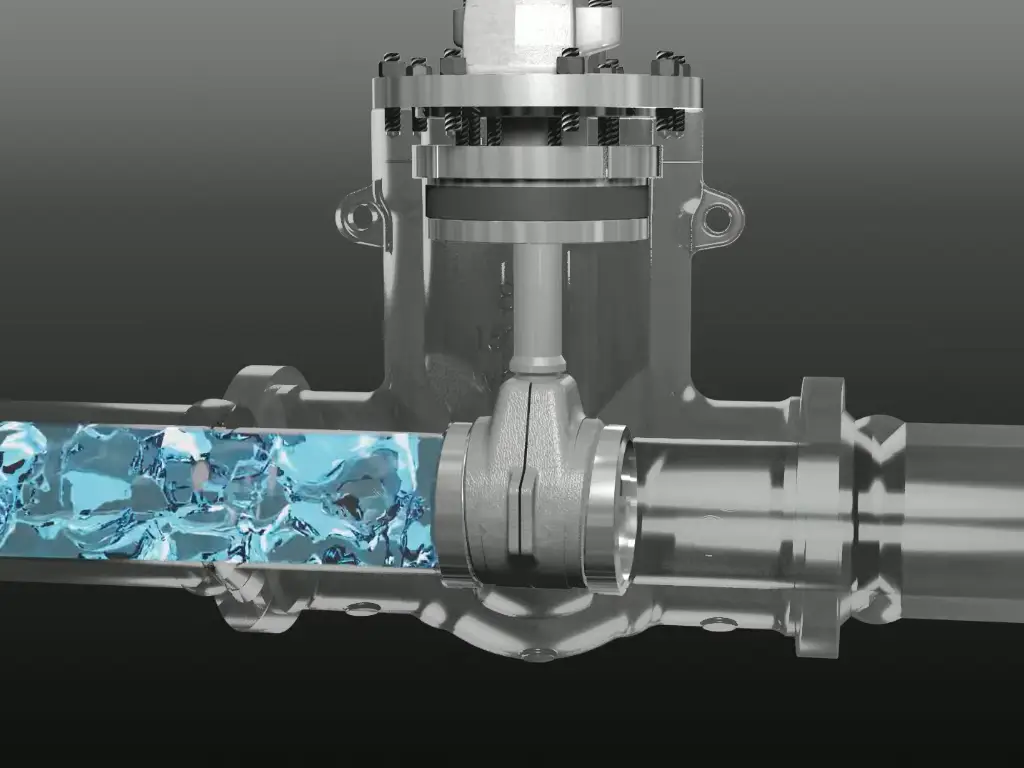
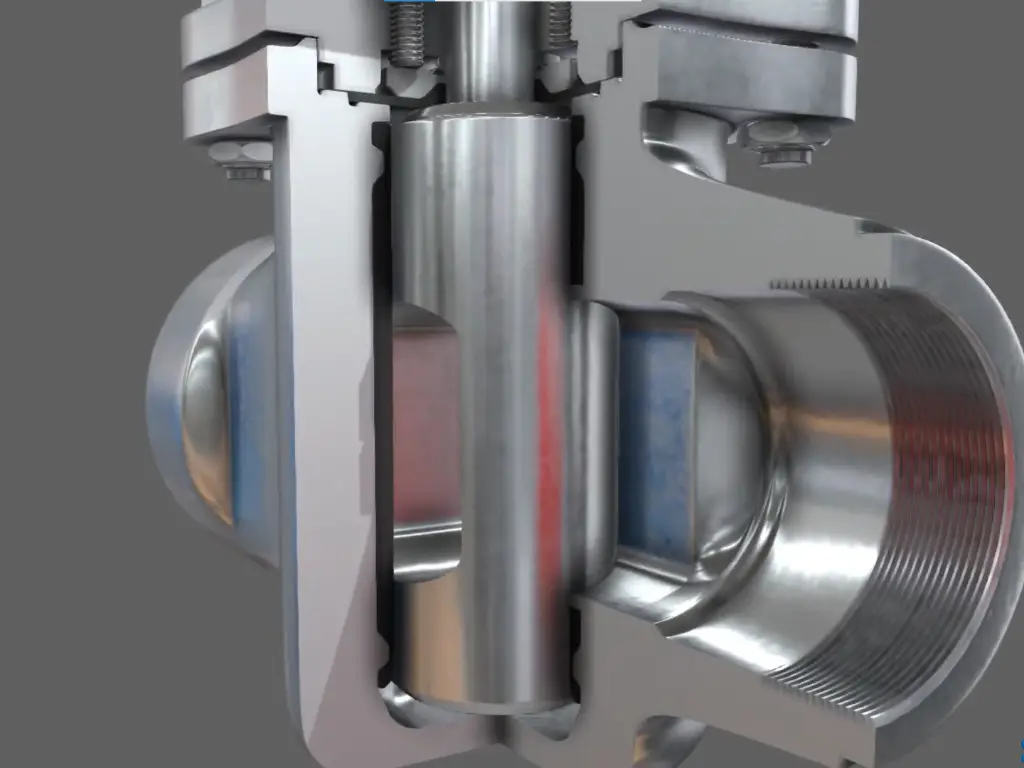
Here is a summary table highlighting the key differences between plug valves and gate valves:
| Feature | Plug Valves | Gate Valves |
| Structure | Cylindrical plug with bored passage | Disc body or gate that moves vertically |
| Design | Two-port design | Straight-through design, multiple turns for operation |
| Working Principle | Rotary motion for quick operation, 90-degree rotation for operation | Linear motion for precise control, 360-degree turns |
| Material | Stainless steel, brass, plastic | Stainless steel, cast iron, ductile iron |
| Flow Control Ability | Excellent for flow regulation, low friction loss | Not suited for flow regulation, minimal flow resistance when fully open |
| Temperature & Pressure | -20°C to 200°C, up to 1000 psi | -10°C to 150°C, up to 2000 psi |
| Applications | Chemical processing, oil and gas, water treatment | Water delivery systems, wastewater plants, potable water systems |
Product specifications and industry standards of specific manufacturers should be referred to for accuracy. In most cases, however, the above mentioned temperature and pressure data ranges represent typical performance, but different temperature and pressure limits may be applicable to specific valve models.
Advantages and Disadvantages of Plug Valve vs Gate Valve
Plug Valve
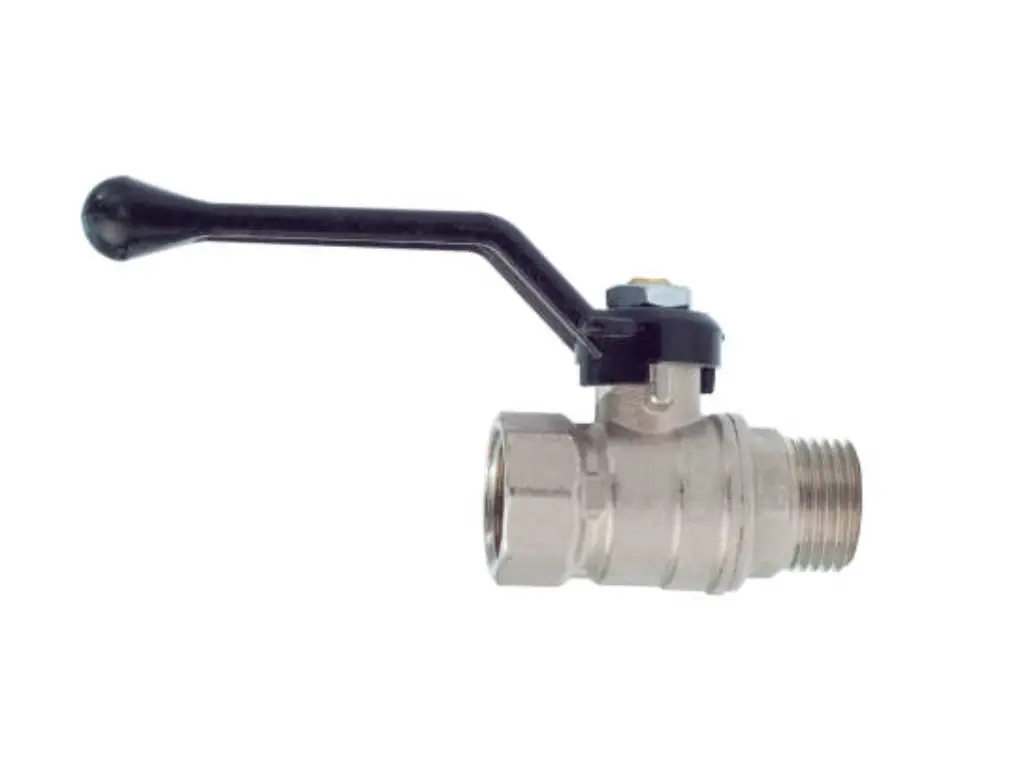
Advantages:
- Compact Design: When it comes to compactness, plug valves are designed to occupy less space during installation when compared to gate valves. Thus, they are appropriate for systems with limited space.
- Quick Operation: Being designed for rapid opening and closing applications, this kind of valve is capable of 90 degree rotation which leads to easy operation.
- Tight Seal: Plug valves ensure minimal leakage by providing a reliable tight seal. This is particularly good in high-pressure systems where leak prevention is important.
- Versatile: As far as media handling is concerned, plug valves can handle various types such as liquids, gases and slurries. Hence, they can be used in many different valve applications.
Disadvantages:
- Higher Torque: Higher torque may be required to operate these valves and this may necessitate mechanical lever actuation or other assistance.
- Maintenance: These valves can be more difficult to maintain and require regular lubrication for smooth operation.
Gate Valve
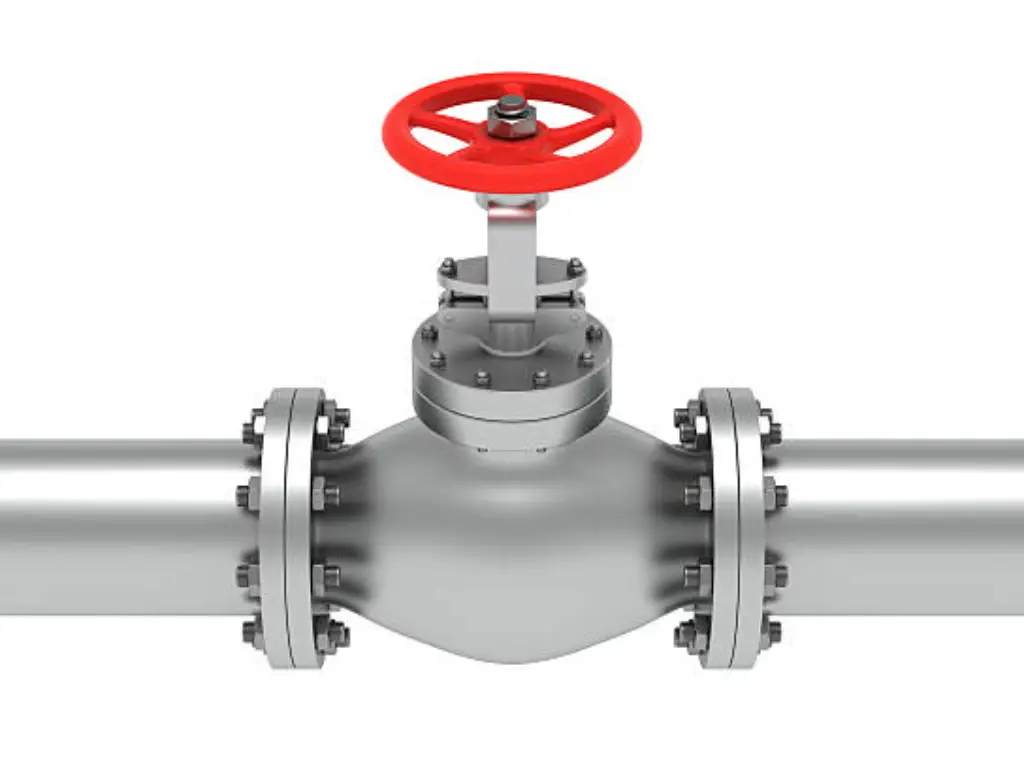
Advantages
- Low Pressure Drop:Gate valves allow for a straight path in which fluid flows resulting in efficient flow and minimal pressure drop.
- Durability: They are durable. Highly durable materials such as stainless steel or cast iron are used to make gate valves, making them suitable for high-pressure applications.
- Minimal Flow Resistance: Minimal flow resistance. When fully open, gate valves offer minimum resistance towards the flow of fluid, so they are ideal where full unobstructed flow is necessary.
Disadvantages
- Large space requirement: Due to their tall structure and multiple turns to operate, gate valves need more installation space.
- Slower operation: It may not be appropriate for quick response applications since several turns may be required to open or close a valve thus slowing down the process.
- Not good for throttling: Flow regulation is not designed with gate valves thus it can bring about damage that could affect maintenance issues.
Cost Analysis: Evaluating Long-term Investment
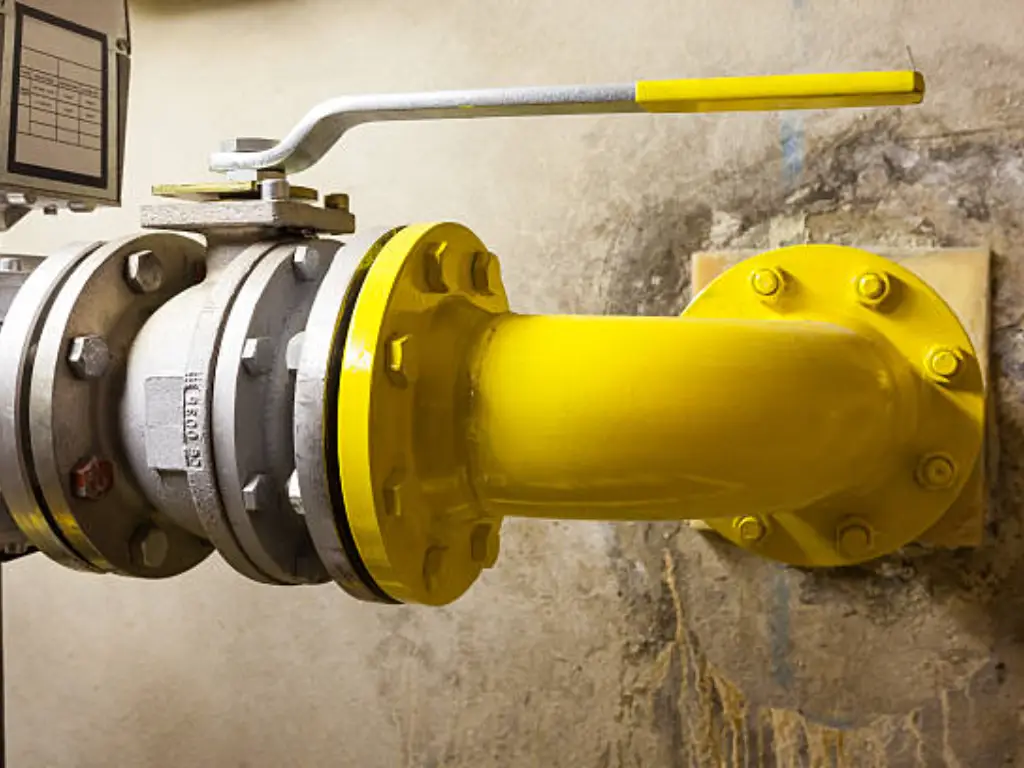
When evaluating the long-term investment in plug valves and gate valves, it’s essential to consider several cost factors, including initial purchase price, installation, maintenance, and operational efficiency. Understanding these aspects helps in selecting the correct valve for your specific needs.
- Initial Purchase and Installation Costs
Compared to gate valves, plug valves generally demand a higher initial purchase price. Cost is increased by complex design which includes cylindrical plug fitted with precise plug opening. Nonetheless, plug valves require less installation space as they are designed small that overall saves costs of installation.
In terms of the most typical type of valves, gate valves are usually cheaper initially. They have a simpler structure where there is a solid portion of the stopper that moves vertically to shut off the flow. However, these types of valve need more space for installation and careful alignment that may increase installation costs.
- Maintenance and Operational Costs
It is vital that the mechanical lever activation is regularly lubricated in order to ensure speedy operation of plug valves. They are particularly effective in handling systems and viscous fluids containing stringy materials, because they do not clog easily. Careful management of plug valves can reduce maintenance cost by a significant margin.
Gate valves have lesser needs in terms of maintenance. They are designed to minimize tear and wear resulting into a long lasting outcome when applied in various applications. Nevertheless, wrong uses such as throttling may cause damage, hence increasing the cost of maintenance. It is important to select a reliable gate valve manufacturer to guarantee its durability, thus reducing future charges.
- Efficiency and Operational Impact
Plug valves provide accurate control and effective fluid flow with minimum loss of pressure, thus making them versatile for wide array of applications. Their speed is advantageous in cases where the entire area ought to be isolated within a short time. In addition, plug valves can accommodate electrical actuation which makes them good for automated systems.
Gate valves are best at offering a clean unobstructed path that allows fluids to flow freely, thus enabling an efficient functioning of the pipelines. They are not ideal for regulating flow but are better suited for full bore low-resistance applications.
- Long-term Investment Considerations
Plug valves have higher initial and maintenance costs, but their ability to handle difficult fluids and quick operation can warrant the expense. Inexpensive gate valves are suitable for on-off control applications with minimal flow resistance. Nevertheless, misuse may result in the need of repair.
To sum up, plug valves or gate valves must be chosen depending on their specific operational requirements such as fluid type, need for speedy processes as well as possibility of being maintained for a long time. Both types of valve play a major role in an effective pipe work system thus purchasing the correct valve will make it possible to gain maximum return out of your investment to a great extent.
Maintenance Requirements and Longevity

Proper maintenance is crucial to ensuring the longevity and performance of both plug valves and gate valves.
Plug Valve
Maintenance is needed in order to keep plug valves operating smoothly. To prevent sticking and ensure a tight seal, the middle of the plug must be well-lubricated. Although maintenance practices may differ because this valve has different designs, generally they involve checking on port numbers and ensuring that these ports are not blocked with rubbish. It necessitates continuous monitoring of the piping system to avoid major problems as well as maintain an effective flow of fluid. Neglecting these steps can have serious operational consequences over time although they are tough.
Gate Valve
Compared to ball and butterfly valves, gate valves have less moving components and therefore need fewer maintenance at most times. Gate valve should close entirely while there shouldn’t be any corrosion on the whole valve. Regular inspections can detect wear before it becomes an issue. These valves are particularly dependable for isolating a specific area or where flow stopping is necessary.
Conclusion
When choosing a plug valve versus a gate valve, a lot depends on the needs and conditions of your system. In case you have an application that requires fast operation and tight seal, then plug valves might be preferable. Particularly in clean medium systems where mechanical lever actuation is recommended, they are quite handy. Whereas, if you require a valve which operates at higher pressure while maintaining minimum pressure drop, go for gate valves. They exhibit low friction loss and can be used to maintain high flow rates in pipe systems.
For more detailed advice on selecting the right valve for your specific needs, or to discuss your application in more detail, contact our expert team today. We’re here to help you make the best decision for your system.









